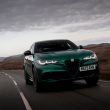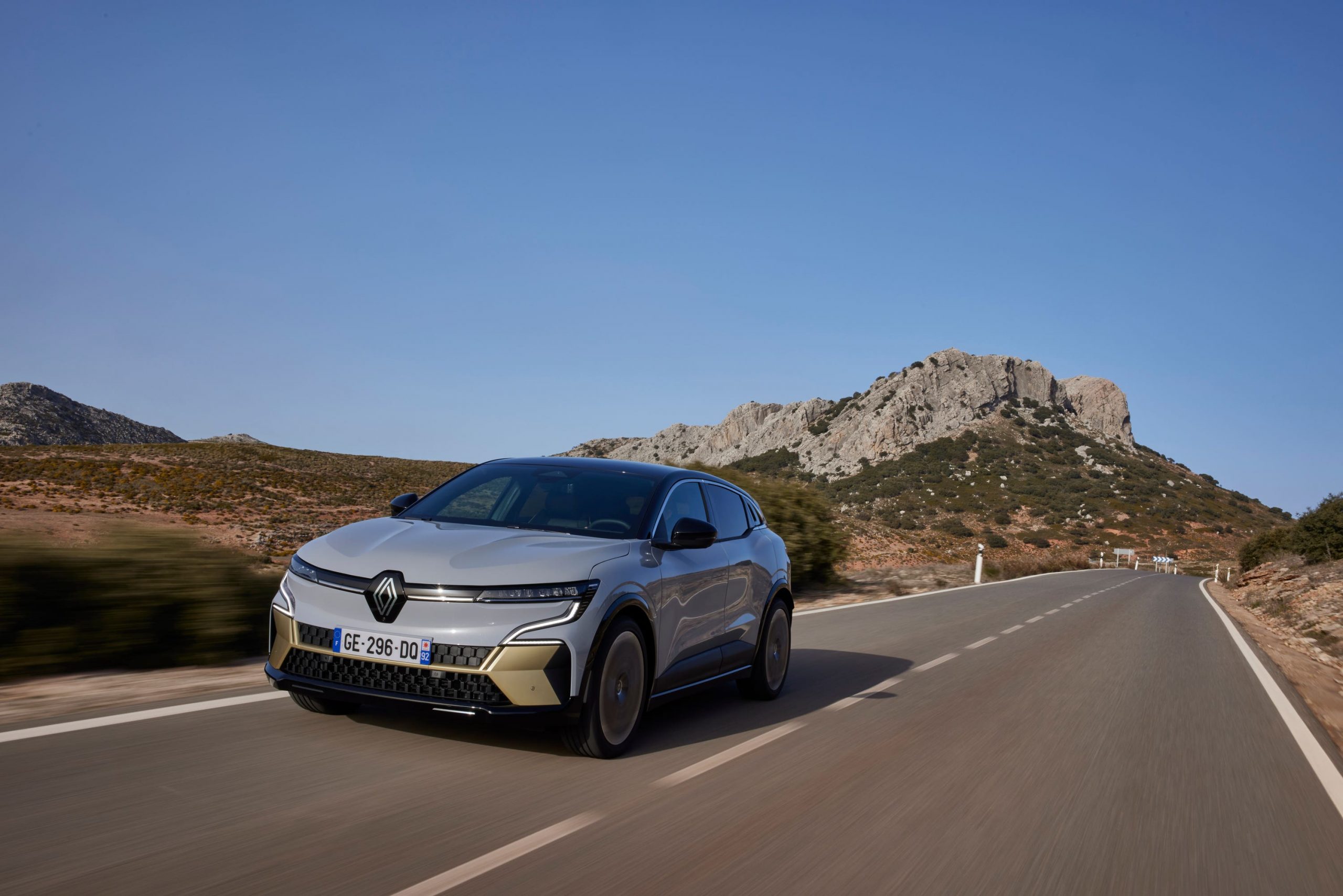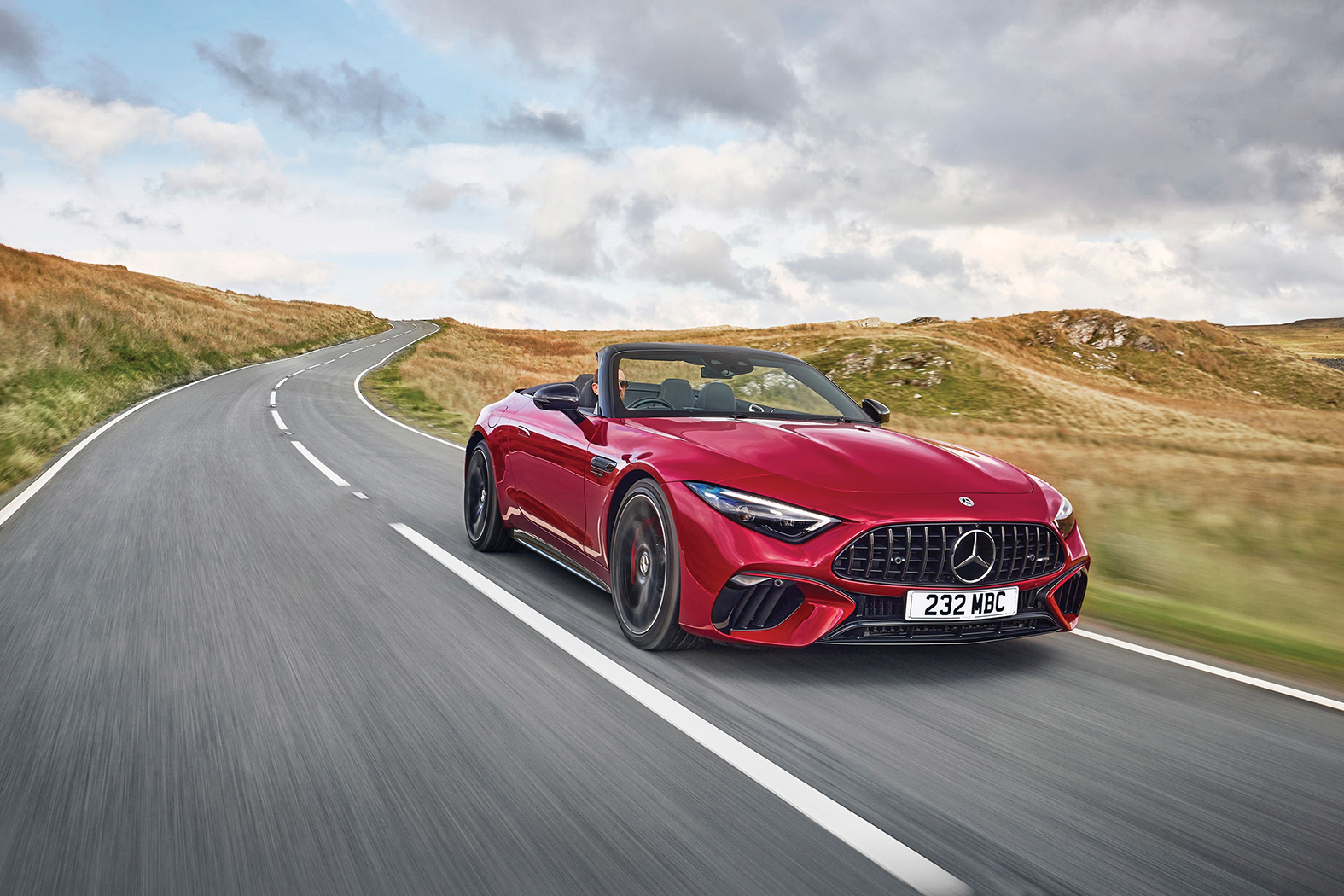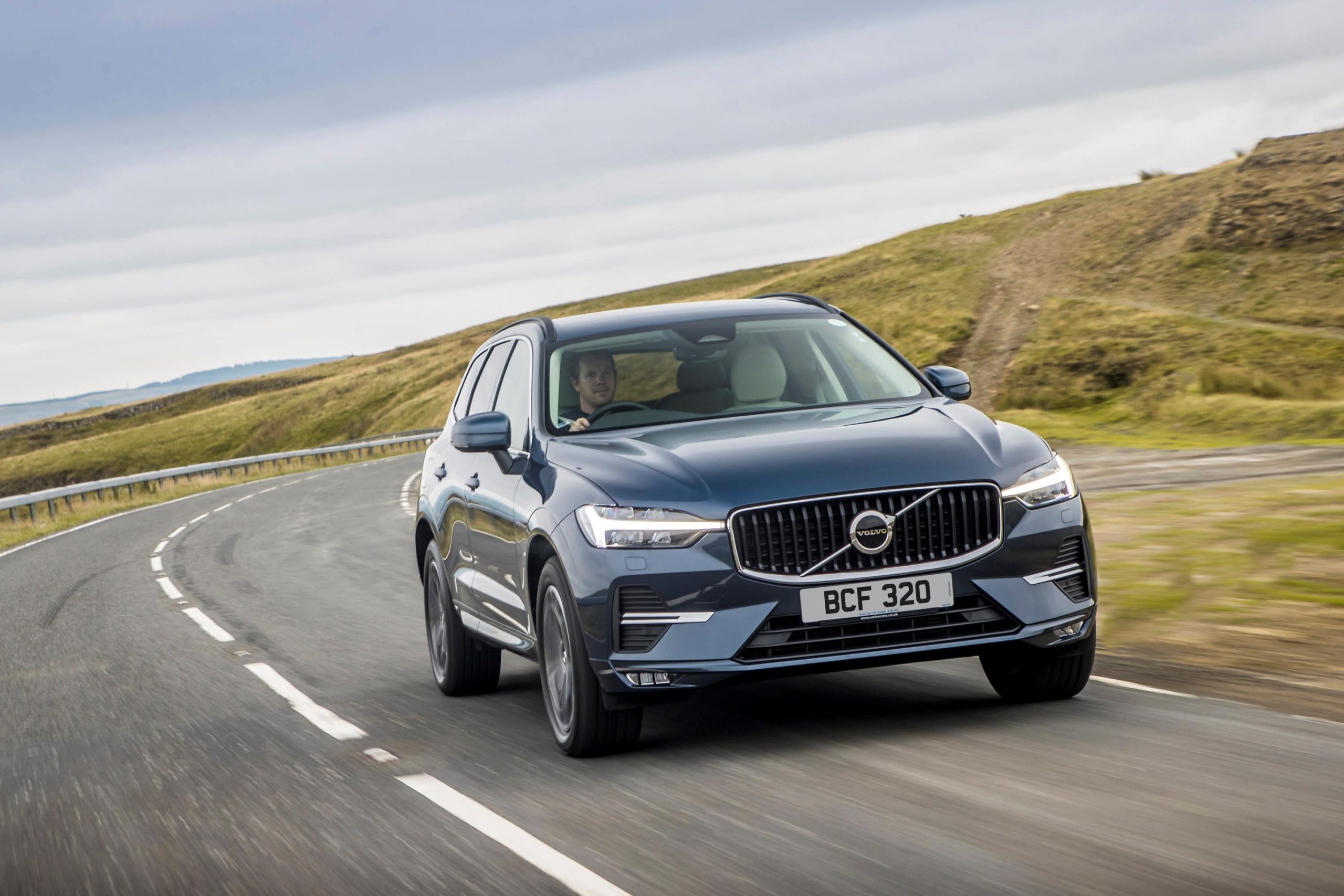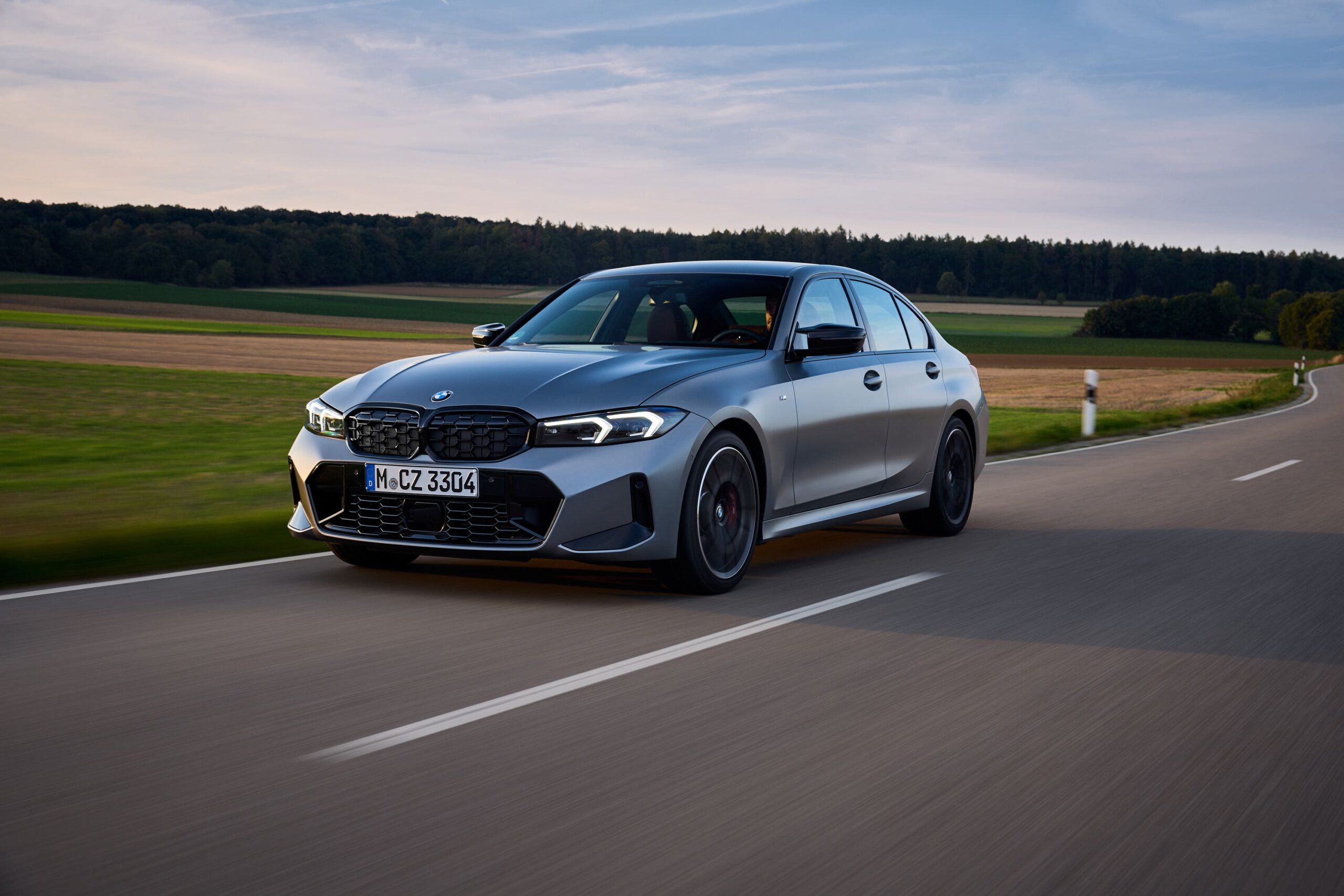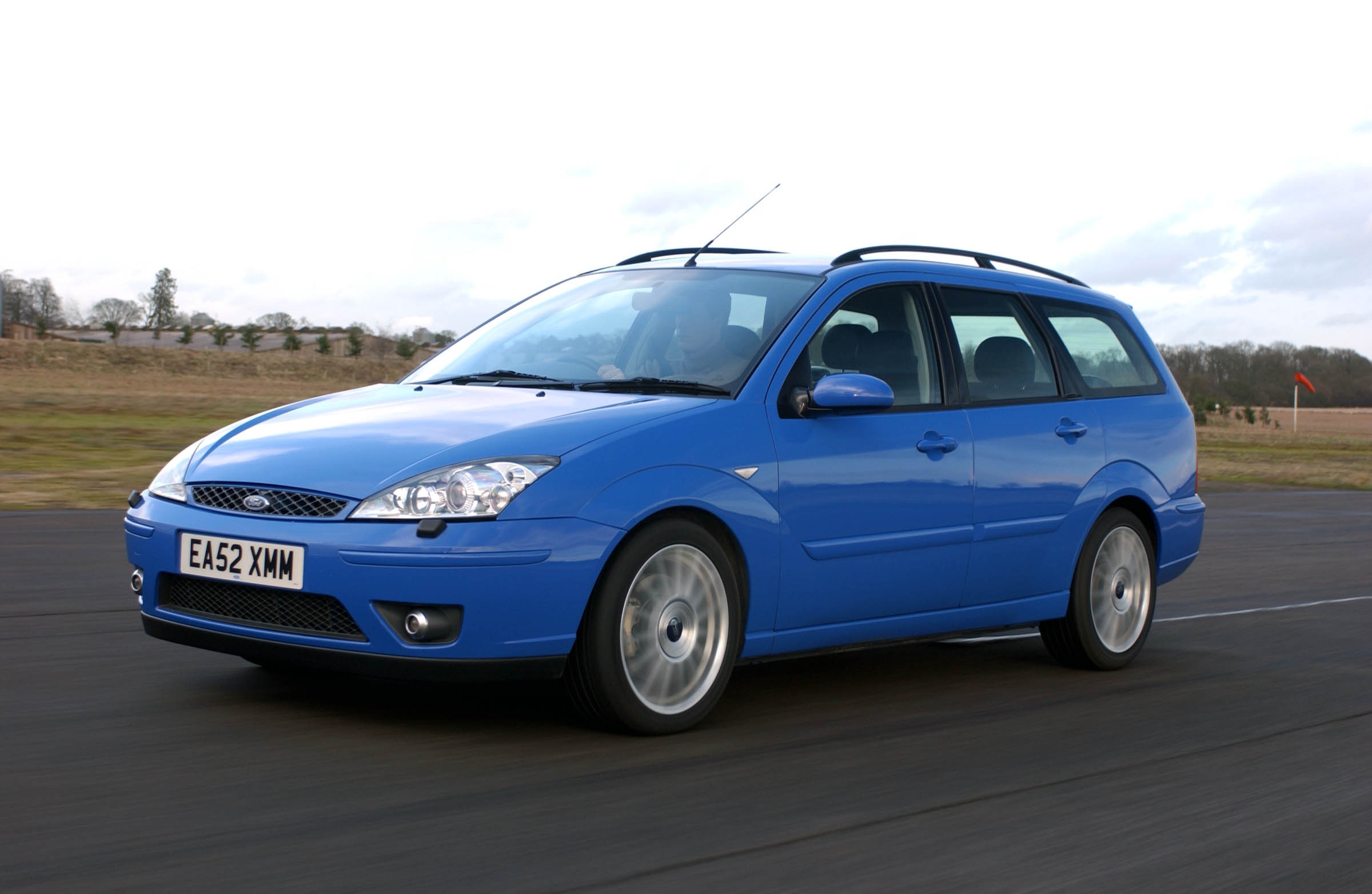The new Megane E-Tech arrives with a load of new technology and a cutting-edge platform. JACK EVANS finds out what it’s like.
It’s a time of big change for Renault. You may remember its ‘Renaulution’ announcement recently that showcased its plans for the future, much of which was centred around electrification. The Megane E-Tech Electric, which we’re looking at today, is the first in a whole new generation of Renault EVs, It’s also the first vehicle to be made entirely at Renault’s new ‘industrial hub’ in the north of France.
Electrifying a Megane is a big deal. After all, it’s one of the most recognisable names in Renault’s stable, so people will have high expectations of it. We’ve been behind the wheel to find out what this new electric Megane can deliver.
Crucial to the new Megane E-Tech Electric is the CMF-EV platform underpinning it. Shared with the wider Renault-Nissan-Mitsubishi Alliance, it’s set to underpin some of the most important electric cars of the next few years, including Nissan’s Ariya. The benefit of this new platform – which is dedicated to electric cars rather than being adapted from an existing layout – is better packaging and a more efficient layout.

This new platform should make the Megane E-Tech Electric as good to drive as possible, too, due to the fitment of the batteries underneath the car’s floor, thus improving its centre of gravity. You should get better handling and improved cornering responses because of this.
The Megane E-Tech Electric is accompanied by the choice of two powertrains. Both use the same electric motor but offer either 129 or 215bhp, while the option of either a 40kWh or 60kWh battery brings respective ranges of 186 or 292 miles. In terms of performance, we’re looking at 0-60mph in 10.3 seconds for the less powerful version or 7.2 seconds in the tip-top version. Renault also covers the battery with an eight-year warranty and it’ll replace it should the battery drop below 70 per cent of its nominal capacity. Drivers are able to check this through a dedicated app, too.
It can accept a charge of up to 130kW, which means that 186 miles of range could be added in 30 minutes to the smaller battery option when hooked up to a rapid charger. A full charge via a 7.4kW home wallbox will take just over six hours for the smaller battery version or just over nine for the larger.

We were in the most powerful version of the Megane E-Tech, which brings a good slug of power and brisk acceleration as and when you need it. There’s a decent amount of pace away from a standing start, but at moderate speeds, the Megane feels pretty normal – and that’s no bad thing. Renault has quickened the steering on the E-Tech too and though this is a help around town, it can mean that it feels a little light at greater speeds.
The roads on our Spanish test route were wonderfully smooth – so we’ll have to reserve final judgement on the Megane’s ride until we have it here – but through fast, flowing bends it felt composed and settled. It’s also fantastically quiet and refined, with the vast majority of exterior road and wind noise isolated from entering the cabin.
Renault’s car styling has maintained a steady pace for a little while now, but the Megane E-Tech feels like the start of something new. It’s a great looking design in the metal, with loads of interesting features and futuristic touches. The design of the car actually makes it seem a little bigger than it is in reality, with the Megane’s proportions closer in line to those of the Volkswagen ID.3 – though from the pictures you’d think it were larger.

Around the back, we’ve got the now ever-present lightbar – which seems to be the go-to feature for every manufacturer at the moment – and quite a high bootline that gives the whole car a raised-up appearance.
The regular Megane has always been a car focused on practicality inside a relatively compact package – and you’d think that this new E-Tech version would be the same, particularly because of that new platform. But in fact, headroom and legroom are both quite tight for those sitting in the rear, while the letter-box-sized rear screen means that rearward visibility is pretty restricted.
Sitting up front you’ve got a nice view of the road ahead, with both passenger and driver well catered for in terms of space. When it comes to the boot, there are 440 litres accessed via a very high load lip which drops into a deep area. Renault has also created an under-boot-floor space for the cables which is good – but does mean that if the boot is fully loaded and you need to charge, you’ll need to take everything out to access the cables.

The Megane E-Tech adopts a new, twin-screen wraparound setup which really does look the business. The main infotainment screen is detailed but easy to operate, with clear graphics and plenty of information. The driver display is much the same thanks to simple texts and a good layout. The infotainment setup also adopts Google’s technology and this is a smart move as features such as Maps or Spotify are now very well integrated and will be second-nature to most drivers.
We just wish that Renault would’ve cleaned up the stalks at the side of the wheel; there are now three on the right-hand-side – including Renault’s ever-present volume controls, the gear selector and wipers – and this just feels like too many. Jump in the car, grab a gear and it feels as though it wouldn’t be too hard to set the indicators off by mistake.
The Megane E-Tech Electric is a progressive step forward for Renault. It looks great, will have more than enough performance (in this most powerful version at least) for most drivers and has a good rate of charge that’ll mean you shouldn’t need to be stood at the plug for too long.
It does falter in some areas – namely practicality – but there’s a good chance that Renault will expand on the platform underpinning the Megane and deliver a car for those who need more space. But, as the first push into a new age of electric Renaults, the Megane is a very exciting prospect.





